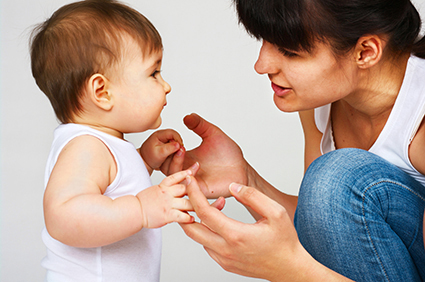
Words as Sounds, Sounds as Words
- The words we say are made up of smaller pieces of sound—called phonemes (pronounced FOH-neemz).
- For example, the word "BAG" has three phonemes:
- "buh"
- "ahh" and
- "guh"
- Phonemic (pronounced fuh-NEE-mik) awareness—understanding phonemes and how they create words—is a key part of learning to read.
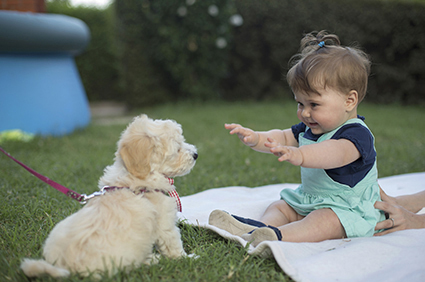
Words as Sounds, Sounds as Words
- A related skill is phonological (pronounced foh-nuh-LOJ-i-kuhl) awareness. It describes awareness of phonemes and of larger bits of words—like knowing that "BAG" rhymes with "WAG."
- Children develop phonemic and phonological awareness as they start to hear and understand spoken words in early childhood.
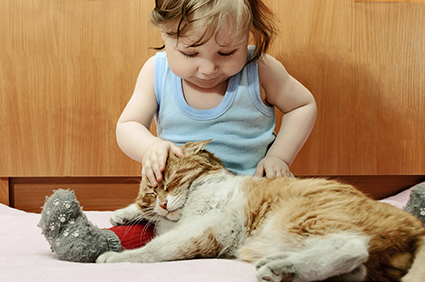
Words as Sounds, Sounds as Words
- Before learning to read, children become able to break the words they hear into phonemes. For example, they learn that the first sound in "CAT" is "kuh."
- They also learn that changing a single sound or phoneme can change the word and its meaning:
- Changing the "guh" in BAG to a "tuh" gives us a different word: BAT.
- BAT and BAG mean different things.
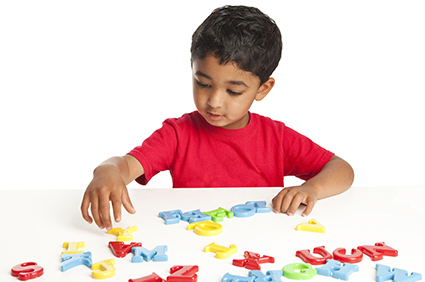
Words as Letters, Letters as Words
- As they build awareness of spoken sounds, patterns, and meanings, children also learn about the alphabet.
- They learn that letters of the alphabet, either by themselves or with other letters, can stand for phonemes and other sound patterns.
- This important step in learning to read is called the alphabetic principle.

Words as Letters, Letters as Words
- Building on their knowledge of the alphabetic principle—that letters stand for sounds or phonemes—children can sound out words that they see.
- This process is called phonics.
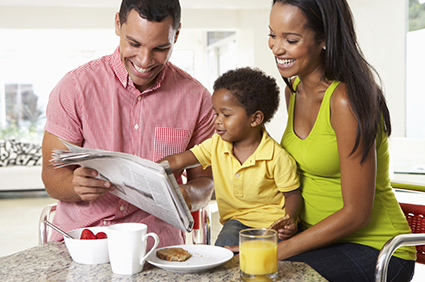
Words Are Language
- The words we know are called our vocabulary.
- Vocabulary development begins potentially as early as birth. Children begin speaking words as toddlers and learn more and more words as they grow.
- When children start sounding out words and reading, they will have heard many of the words before and will know what they mean.
- This is why having a good vocabulary is key to learning to read.
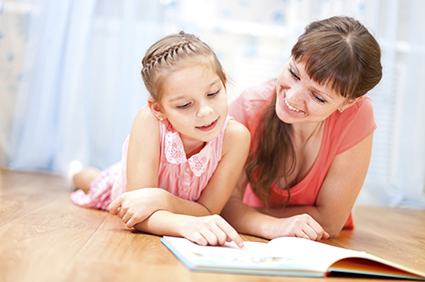
Words Make Sentences
- As a child gets better with phonics, fluency (pronounced FLOO-en-see)—another important reading skill—also gets better.
- Fluency means:
- Being able to read quickly and accurately
- Making sentences sound right when reading out loud
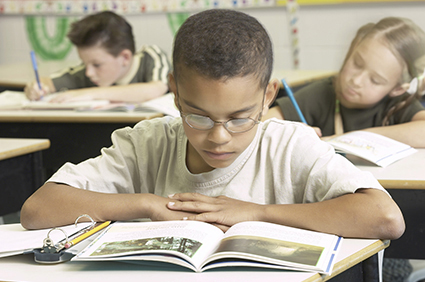
Words Have Meaning
- Understanding the messages that written words and sentences communicate—called comprehension (pronounced kom-pri-HEN-shuhn)—is another important part of reading.
- Comprehension is the main goal of learning to read. We want to understand what we are reading.
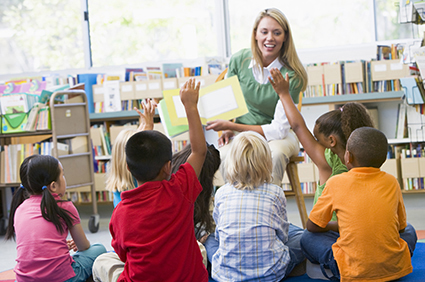
Words Have Meaning
- There are many ways to help readers get better at comprehension:
- Build vocabulary by teaching more words.
- Explain how text is organized in sentences, paragraphs, and pages.
- Show students different types of texts—such as a newspaper, a chapter book, a textbook, or a menu—and how to understand these items.
- Encourage children to ask and answer questions about what they are reading and tell you what a story is about.
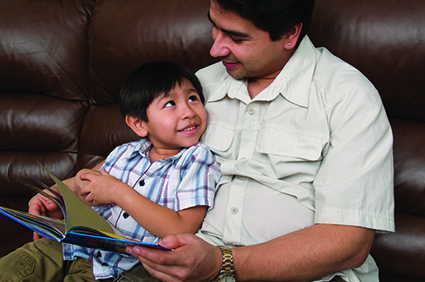
How to Help Your Child Learn to Read
- Helping children build the skills they need for learning to read will prepare them for later.
- They will use these skills when they learn to think and write about what they are reading and when they learn about science, history, social studies, math, and many other subjects in school.
- Learn more about activities that parents can do with their children, from birth to age 5, to improve reading skills: